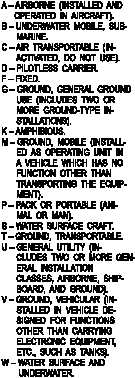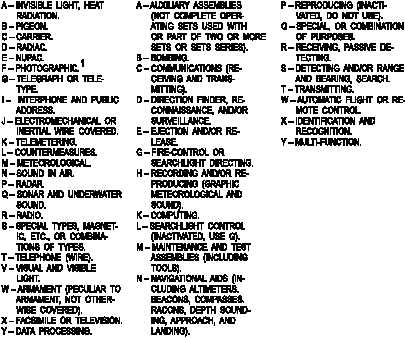track (such as an antisubmarine barrier or a
search and rescue pattern).
Together, surface- and air-search radars provide a
good early-warning system. However, the ship must be
able to determine altitude to effectively intercept any
air target. This requires the use of another type of radar.
MULTI-DIMENSIONAL RADAR
The primary function of a multi-dimensional radar
is to compute accurate ranges, bearings, and altitudes
of targets detected by an air-search radar.
This
information is used to direct fighter aircraft during
interception of air targets.
The multi-dimensional radar is different from the
air-search radar in that it has a higher transmitting
frequency, higher output power, and a much narrower
vertical beamwidth. In addition, it requires a stabilized
antenna for altitude accuracy.
The following are some applications of a
multi-dimensional radar:
Obtain range, bearing, and altitude data on
enemy aircraft and missiles to assist in the
guidance of CAP aircraft.
Provide precise range, bearing, and height
information for fast and accurate initial
positioning of fire-control tracking radars.
Detect low-flying aircraft.
Determine the range to distant landmasses.
Track aircraft over land.
Detect certain weather phenomena.
Track weather balloons.
The modern warship has several radars.
Each
radar is designed to fulfill a particular need, but it may
also be capable of performing other functions. For
example, most multi-dimensional radars can be used as
1-13
Figure 1-14.—AN equipment indicator system.






